Code Review with AI: Best Practices
Practical tips to use the best AI-powered code review assistant
Motivation
Code reviews are essential. But they’re also slow, inconsistent, and time-consuming.
That’s why I use CodeRabbit: an AI-powered assistant that reviews your pull requests automatically. It leaves meaningful comments like a real teammate would, catching common issues and improving overall software quality.
But like any tool, its impact depends on how you use it.
Here are the best tips to turn CodeRabbit into a real productivity booster for your team:
How CodeRabbit works
As a saying goes: “To use a tool better, understand it better.“
With CodeRabbit, internally, every review starts cloning your repo into a secure, sandboxed environment. It builds full codebase awareness, understanding dependencies, structure, and cross-file patterns, so reviews feel context-aware instead of “out of the blue.”
It even looks at past PRs and linked issues (from Jira, Linear, GitHub, or GitLab) to infer the WHY behind a change, not just the WHAT. This extra layer of understanding helps CodeRabbit write more meaningful, relevant review comments.
Configure CodeRabbit
Most teams just install CodeRabbit and leave defaults on.
That’s fine, but if you want to maximize it, you need to configure it.
Create a “.coderabbit.yaml“ in your repo and customize:
Ignore WIP and draft branches to reduce noise
Set review tone (chill or assertive) for better communication style
Add path_filters to exclude files like generated code or test snapshots
Integrate with famous projet managers like Jira or Linear, so CodeRabbit understands the intent behind each PR
Enable chat & knowledge base for richer discussions
Here you can find the docs for the config: CodeRabbit YAML template
💡 - Another powerful feature is to set custom review instructions based on path patterns. By doing so you can set different instructions based on different parts of your app, such as APIs, tests or business domain layer.
You can do it under the path_instructions field in coderabbit.yaml file:
Avoid Big Pull Requests
The bigger the context, the higher the chance of missing bugs, slowing reviews, or getting irrelevant AI comments.
Small PRs are clarity. They’re focus. They help humans reason better, and make CodeRabbit’s AI analysis sharper.
If your PRs read like a novel, split your work into smaller chunks!
Get AI Review Your Code Before PR
AI reviews shouldn’t start only after a PR is created.
You can use CodeRabbit directly inside your IDE (like in VS Code) to review code before committing. This gives you early feedback on logic, style, and structure, without waiting for CI.
You use Claude Code in terminal?! There’s also a CodeRabbit CLI for that.
The good thing is that CodeRabbit offers one-click fixes by using AI.
Catch issues before your teammates do.
Talk to CodeRabbit via PRs
Most developers miss this feature: you can chat with CodeRabbit.
Don’t like a suggestion? Ask it to explain, adjust, or rewrite.
Need a fix but not ready to commit? Ask CodeRabbit to create a GitHub or Jira issue.
You can even teach it your organization’s standards over time, it learns and improves, just like a real teammate.
Integrate to MCP servers
Connect CodeRabbit to your existing tools using the Model Context Protocol (MCP) to make reviews smarter and more context-aware.
CodeRabbit automatically calls relevant MCP tools during analysis to gather context and enrich its comments.
For example:
Requirements live in Linear
Design specs live in Figma
Architecture decisions stored in Confluence
Security standards in internal wikis
This way, CodeRabbit doesn’t just review code, it understands the bigger picture behind every change.
Use Your Critical Thinking
CodeRabbit is fast, not infallible.
Use it as a first-pass reviewer, it catches common issues like null checks, naming, or code smells.
Then have humans focus on architecture, readability, and intent.
The best practice is use your critical thinking:
Final Thoughts
CodeRabbit turns code reviews from a chore into a competitive advantage.
It’s fast, consistent, and learns your project over time.
If you want to try it out, there’s a free version and a Pro tier (free for open-source projects).
It works very well with Claude Code CLI too → Link
Once configured properly, CodeRabbit doesn’t just review code. It also helps you craft better software.


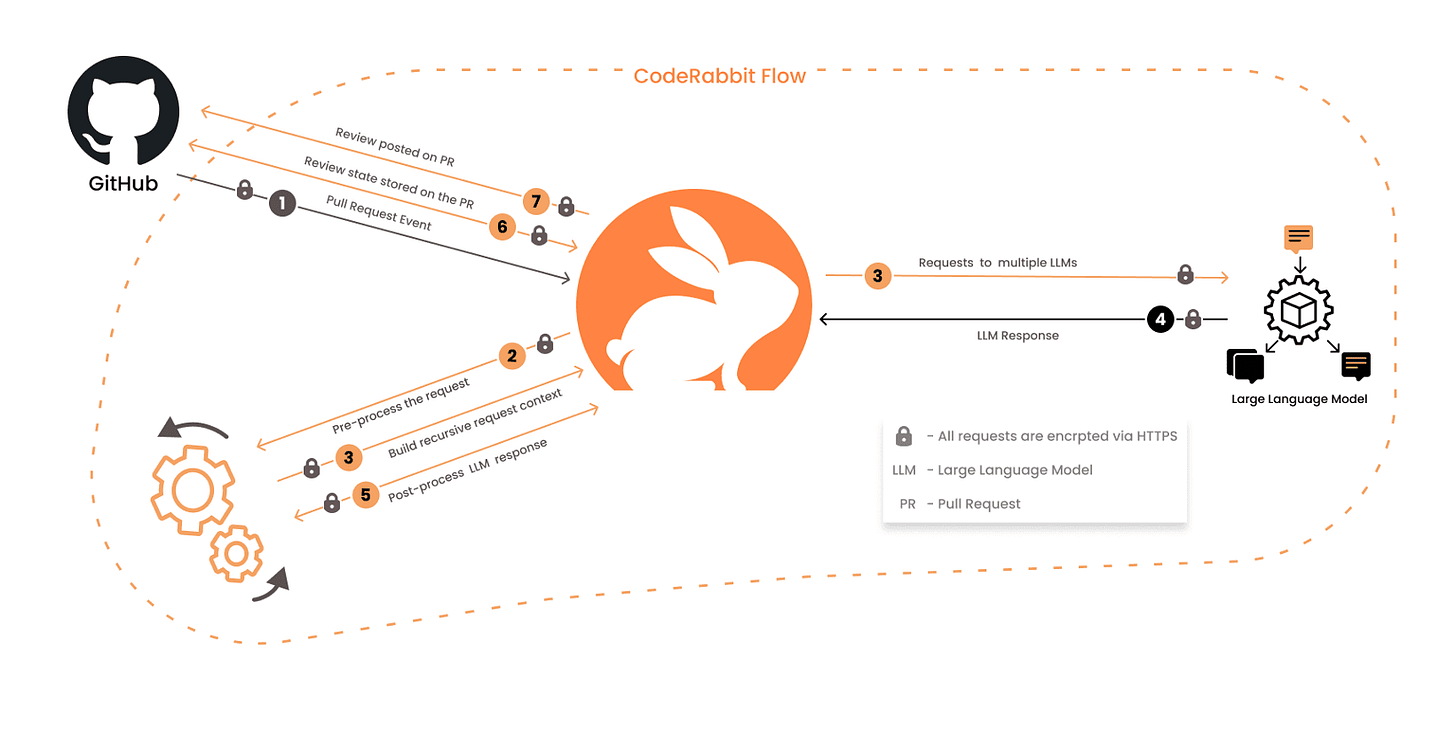
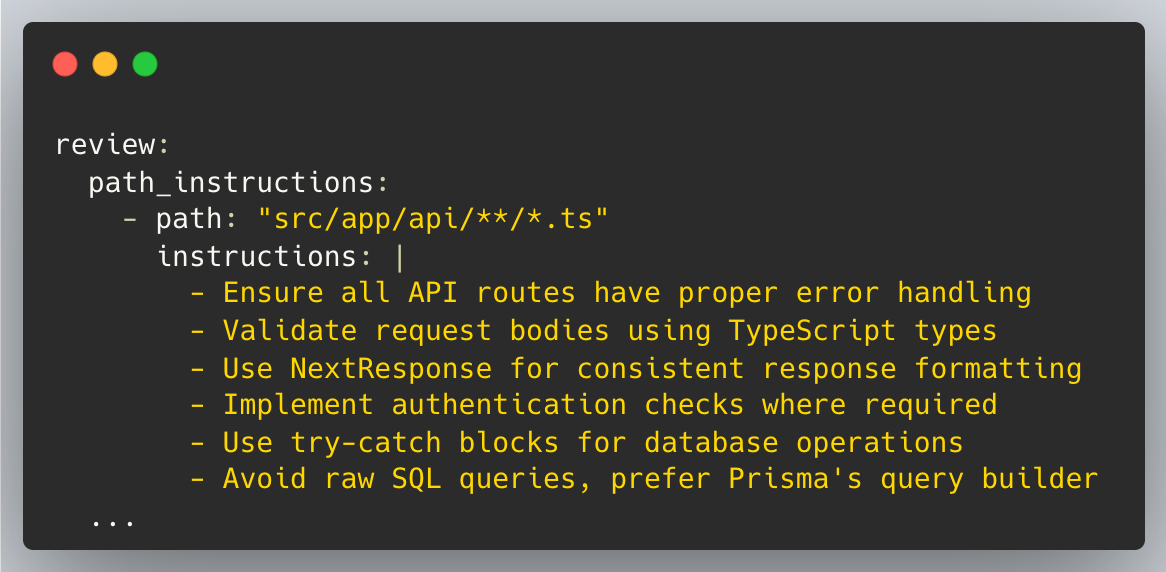
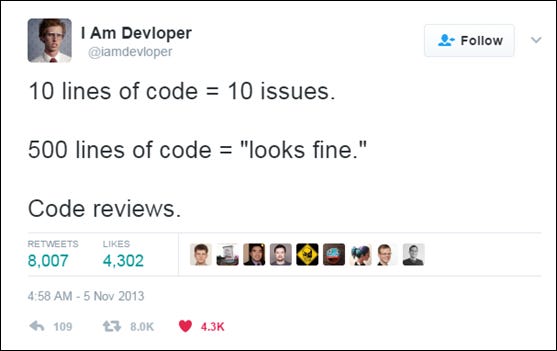
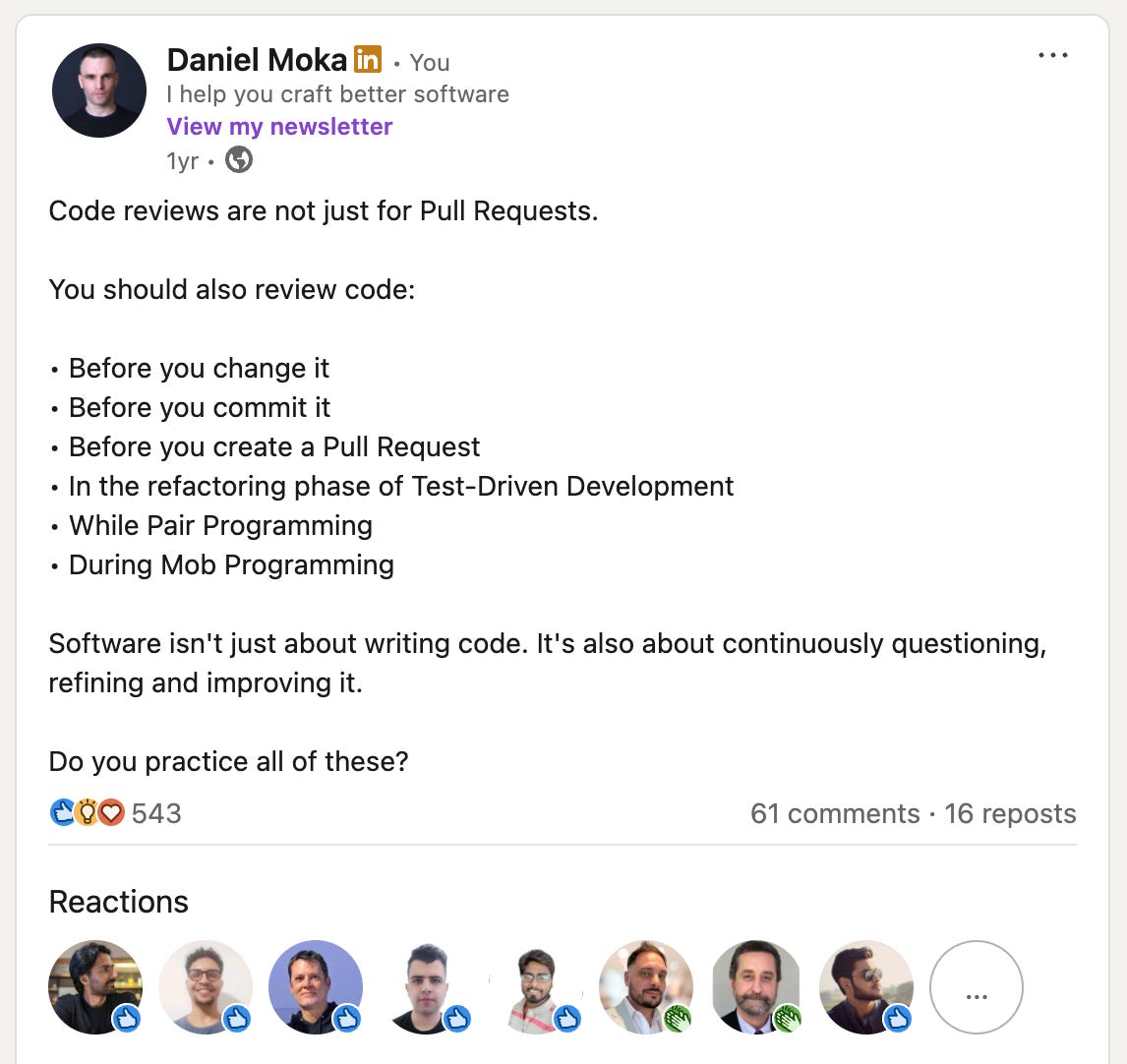
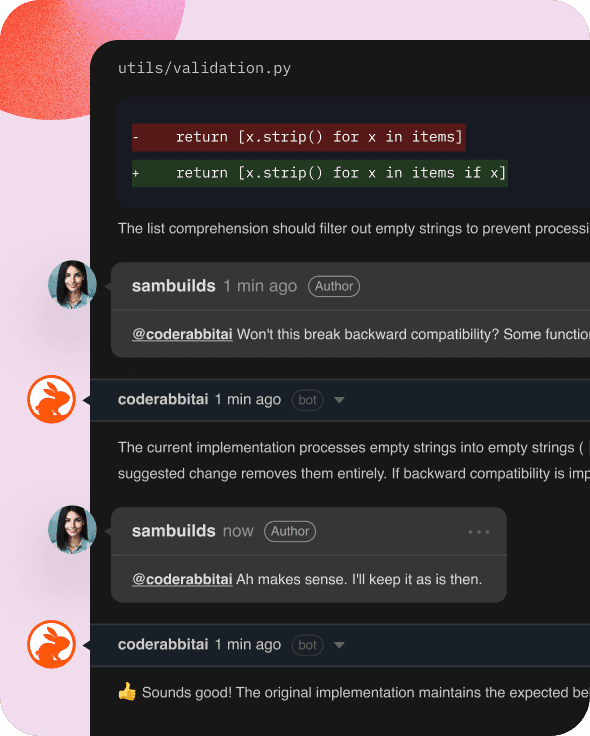
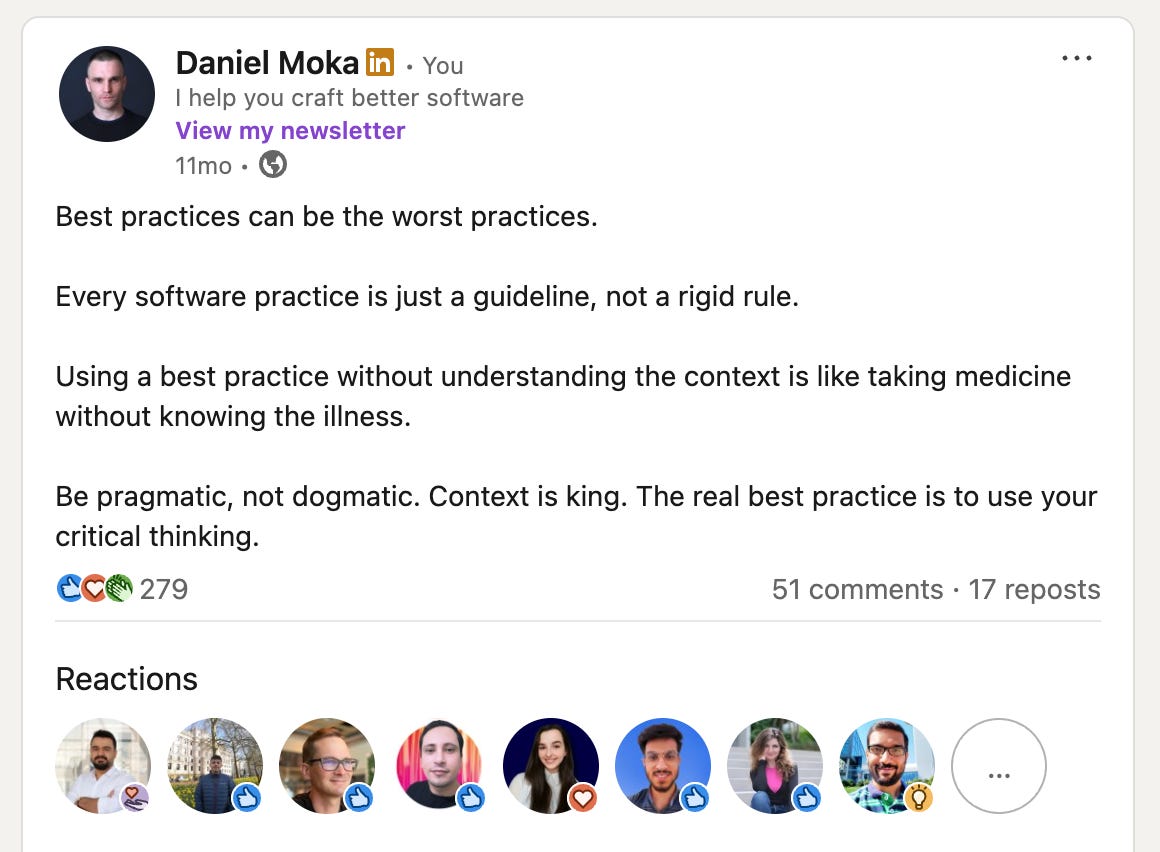
Why not use Claude Code PR actions?
Great insights using AI to catch logic/style issues before the PR lands is smart. At Scrumbuddy we’ve seen that the tool is only as good as the context you give it. The piece nails how AI code-review tech can boost efficiency, but still needs human oversight to avoid blind spots. Thanks for the practical approach!